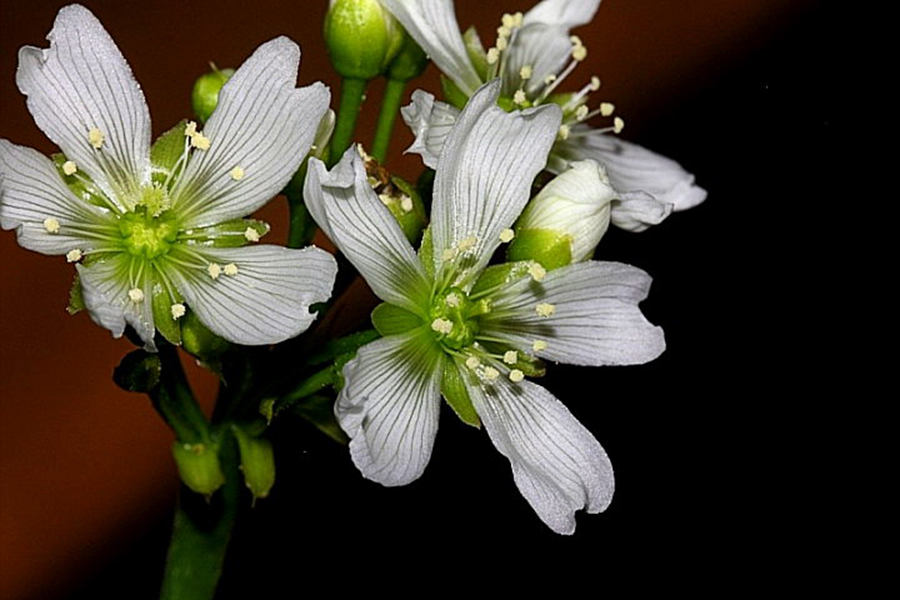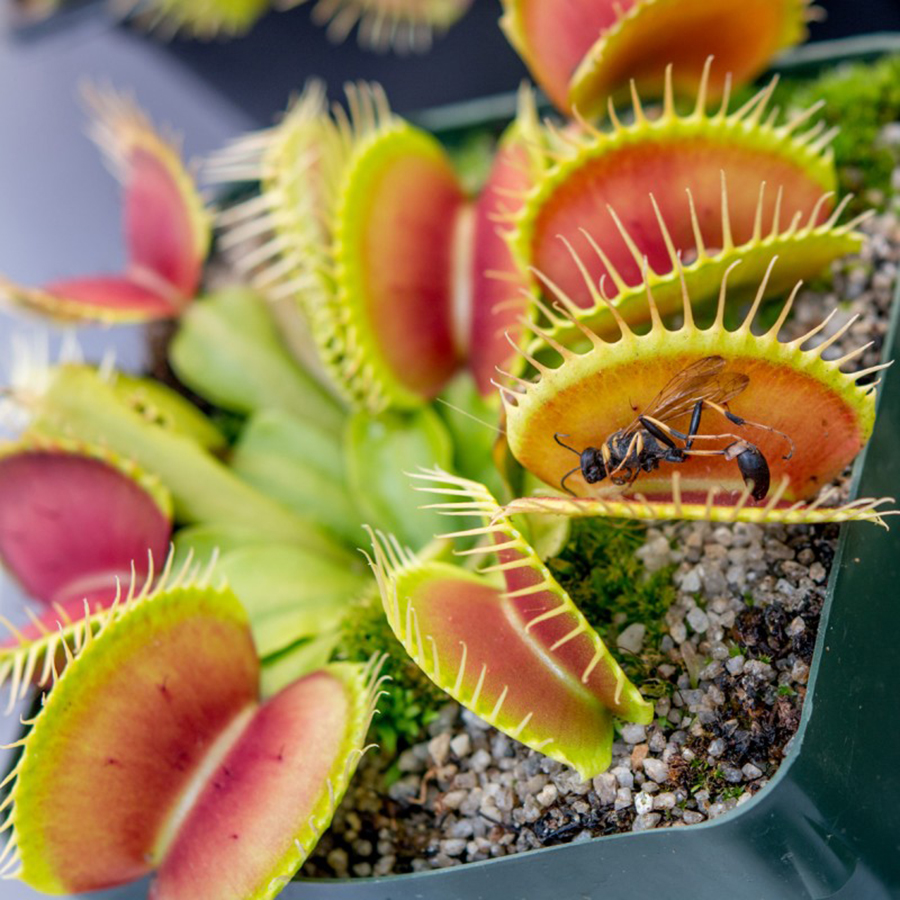Nature surprises us each day even more. Now, American scientists discovered that Venus flytraps have evolved so much they can avoid trapping three specific insects: those exact that pollinate them. As the study released this Wednesday suggested, these flowers can differentiate the insects that help them reproduce, from the others that could put them in danger, or don’t play any role on their lives but to feed them.
Native of just a small area in the Carolinas, these carnivorous plants look like other typical flowers. Their jaw-like, white-petals structure make several people think they are simple but beautiful. Now, thanks to the study published in the journal American Naturalist, we can also be sure about how fascinating they are – and not only because they feed on invertebrate, like ants and spiders.
There’s a total of 600 species of carnivorous plants, but only flytraps can detect and differentiate which insect they should trap, and which one they should let do their job.
Previous research has suggested that flytraps can even know the number of times insects touch them. However, more evidence is still needed.

This is the first time that scientists perform this kind of study, mainly focusing on the Venus flytrap pollinators.
In the end, the experts believe these flowers are pretty attractive due to how little they know about them, and how much they have left to understand.
Never found the pollinators
Elsa Youngsteadt, an entomologist at North Carolina State University and author of the research, said that flytraps have this “special potential for conflict,” unlike other “ordinary plants,” because they are “carnivorous plants.”
While investigating the plants, the researchers recovered prey in more than 200 different Venus flytraps within a determined North Carolina area. However, although they gathered a high number of insects, they never found the three most essential pollinator species: a bee, and two kinds of beetle.
The lack of presence from these three insects made the scientists believe that flytraps decided when to trap the animal that posed over them. This, allowing the right ones to pollinate them, and catching the others.

“Venus flytrap flowers are elevated on stems that stand fairly high above the snap traps of the plant, and we found that 87% of the flower-visiting individuals we captured – including all three of the most important species – could fly,” said Dr. Elsa Youngsteadt. “But only 20% of the prey could fly. The pollinator species may simply be staying above the danger zone as they go from flower to flower, making them less likely to be eaten.”
The experts also noted that the color and scent of the insect could also influence the flowers’ decision.
“The snap traps are different colours than the flowers, and may possibly lure different species,” Dr. Clyde Sorenson, who’s also from North Carolina State. “We don’t yet know if they release different scents or other chemical signals that may also differentiate which portions of the plant are attractive to pollinators versus prey. That’s one of the questions we plan to address moving forward.”
Source: American Naturalist
